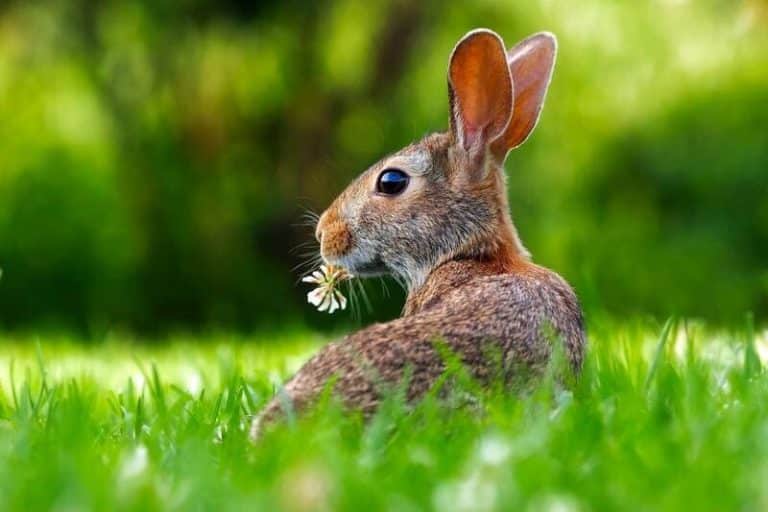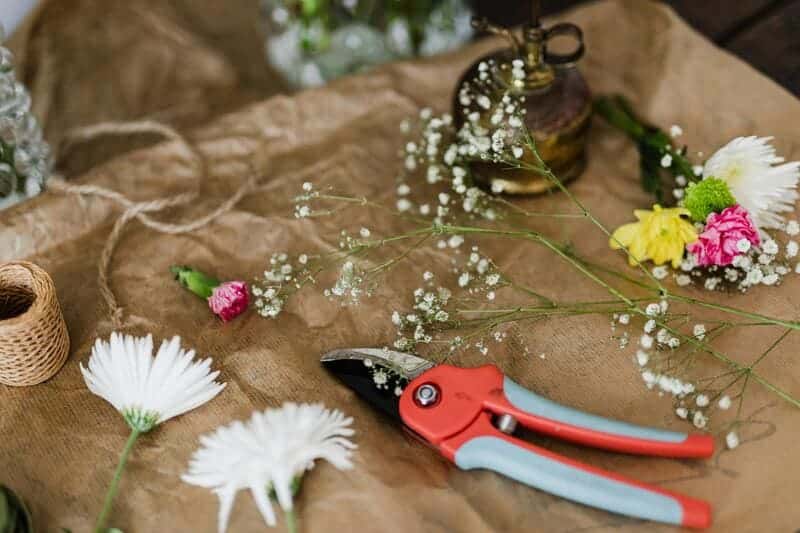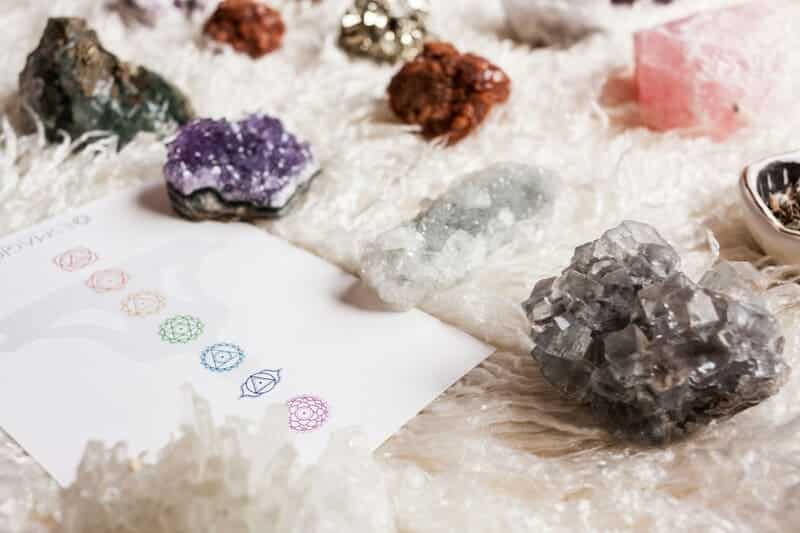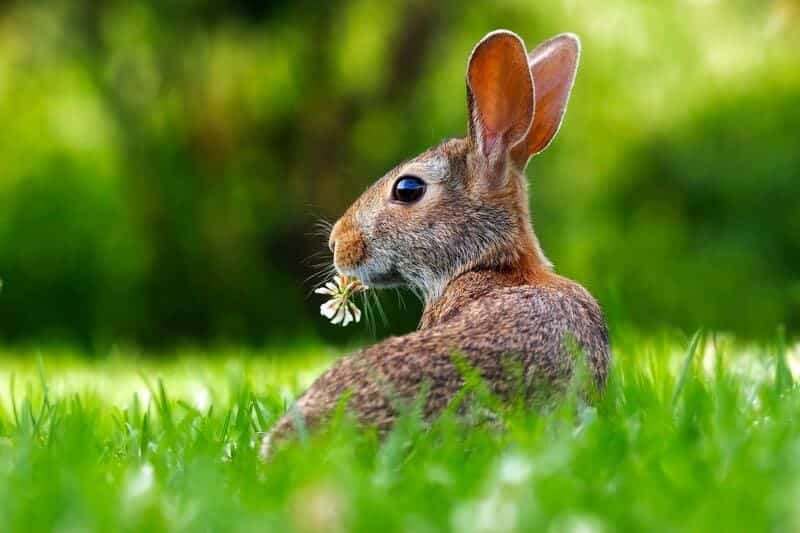Have rabbits been feasting on the plants you worked so hard to cultivate? Are you looking for kind solutions to keeping your garden rabbit-free? We have solutions! Read on!
1. Fence the Rabbits Out
A physical barrier is the most reliable option. It isn’t always the prettiest option, but if you want to protect your plants, it’s the best one. Chicken wire or hardware cloth makes a good barrier that rabbits won’t be able to get through. Make sure it ends up at least 4 feet high and is buried at least 6 inches deep (rabbits burrow).
If you want to protect only specific plants, such as bulbs, new plantings, and prized plants, you could make a cylinder around those specific plants instead of fencing the entire garden. Another option would be a dome or cage of chicken wire.
2. Repellants
Certain strong odors can deter rabbits from coming into your garden. You can purchase commercially made products or use homemade repellents. Commercial products are often sulfur-based. The smell is like rotten eggs and tricks the rabbits into thinking a predator has defecated nearby. It might also have cinnamon or mint added to make it less repulsive to humans.
If you’d rather use something homemade, you can plant onion bulbs or sprinkle cut onions, Irish Spring soap shavings, hot peppers, garlic, or talcum powder in the garden. None of these are guarantees that rabbits will stay away. They may learn, over time, that the smell doesn’t mean danger. So mix it up by alternating different methods. Refresh it after it rains and every 5 to 7 days.
3. Plants Rabbits Don’t Like
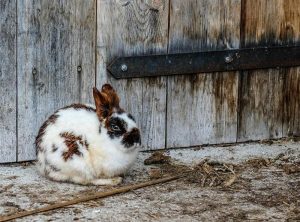
Rabbits don’t eat everything. Some plants keep them away with their scent. Others are prickly, rough, bitter, or fuzzy. They just don’t like them. So, plant some of these around the perimeter or among the other plants. There’s a lot to choose from. If it’s a flower garden, plants like lavender, marigolds, and daffodils. For your veggie gardens, onions, garlic, mint, sage, and other strong-smelling plants work well.
4. No Hiding
Eliminate spots where these critters could hide and remove materials they might use for nesting. That means removing piles of brush, cutting tall grass down, and blocking openings under places like a shed or deck. Rabbits want to have a nearby place where they can hide from predators. If you eliminate those, they’re more likely to make their home somewhere else.
5. Scare Them Off
Rabbits are jumpy (pun intended) critters. Sudden sounds and lights can startle them and keep them nervous enough to avoid the area. You could use shiny things like old CDs, aluminum foil, or other reflective objects to scare them. Hang them or place them where they can catch the light. It should be low enough so the rabbits would notice.
You could also use motion-activated lights or ultrasonic repellent devices. There are quite a lot of them on the market. Decoys of predators can also work to scare them off. But any of these scare tactics are temporary, like the odors. Make sure to move them around so the rabbits can’t get used to them.
6. Raise Those Plants
If all of that doesn’t succeed, consider using raised garden beds or planting in pots. Vertical gardens are another option. You can attach planters to fences or walls. Or you can plant in window boxes. There are many different ways to adapt this method, depending on your situation. This can also be quite pretty and make gardening easier on your back and knees!
What is the Best Solution?
That’s a good question. Most folks would say the physical barrier, like a fence, is the best. And we’re inclined to agree. But nothing is foolproof. These critters will eat what they can get. It’s how they survive. So, you may lose some of your plants to them. Experiment with different options to find what works best for you. It may be a combination of more than one. If you’re struggling, check with other gardeners in your area. They may have solutions that work with the local wildlife better.

